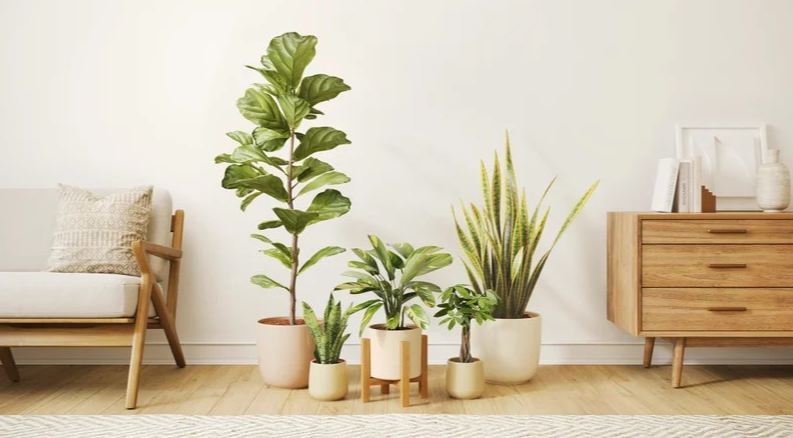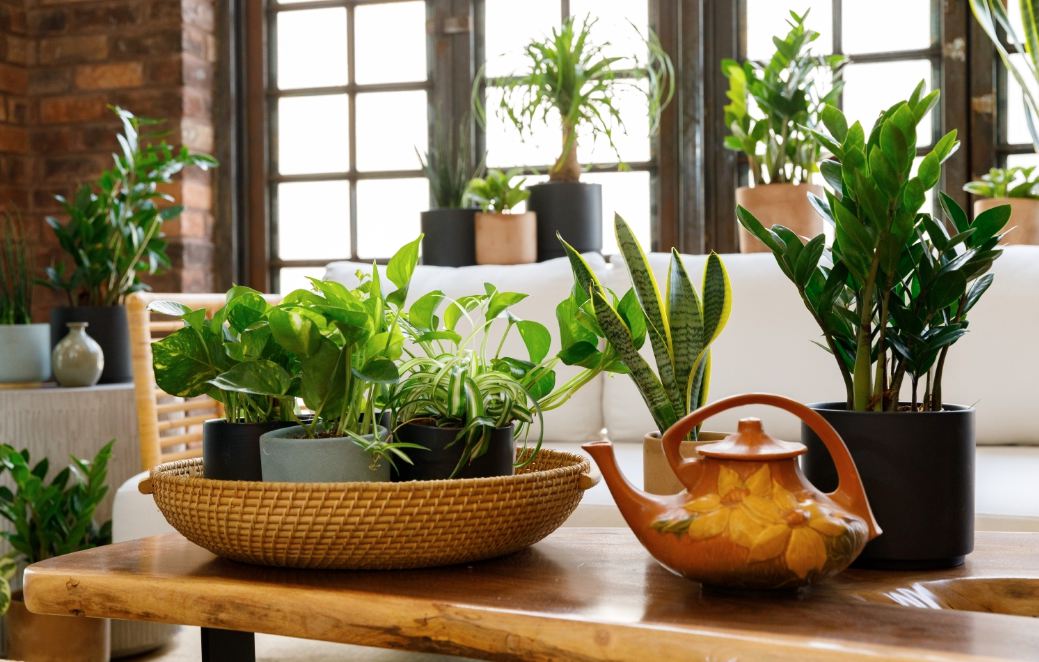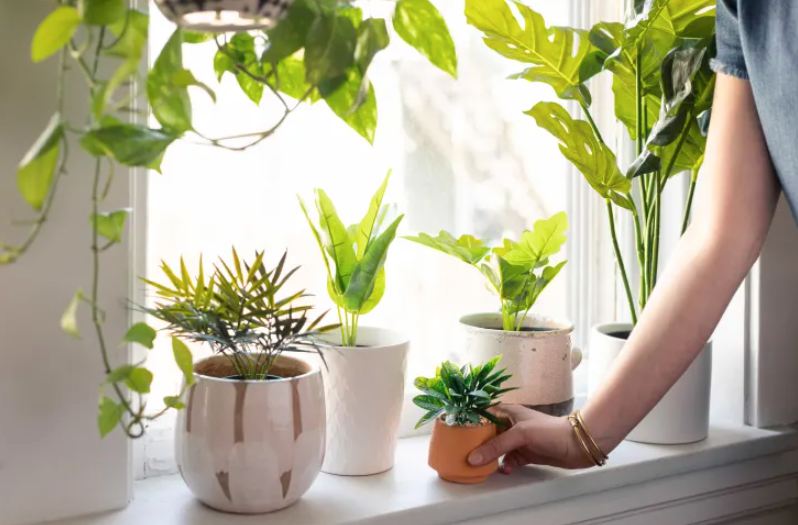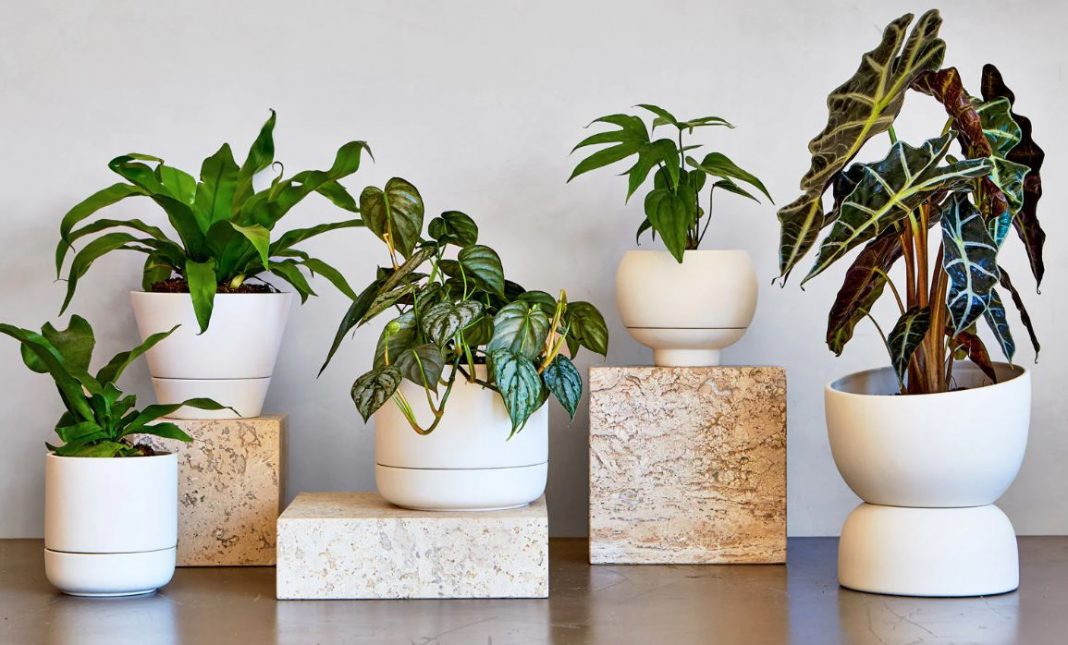Have you recently sighted a self-watering planter and are wondering how it works? Welcome!
Innovations in home gardening keep flourishing, with convenience and efficiency driving the pursuit. Now, it’s possible to grow almost any plant indoors or outdoors with minimal monitoring. Thanks to self-watering planters, you no longer have to bother about inadequate or inconsistent water supply to your beloved plant.
But what are these pot-like devices, and how do they work? Continue reading to find out the information that you need.
What are Self-Watering Planters?
If you’ve planted flowers or vegetables in a pot or container before, it’s safe to say that you already have 50% knowledge of what self-watering planters are. With this arrangement, you pack your desired sand into the pot or container, plant your flower or seed, and keep wetting it as you deem necessary.
But self-watering planters are much more. With them, you don’t have to keep wetting every day or fear forgetting to water. The setup contains a water reservoir, wick, and potting sand that make your plant draw just the exact amount of water it needs based on the prevailing environmental conditions.
In other words, your plant waters itself without your intervention. All you have to do is refill the reservoir with water when it is dry and watch your beloved plant flourish.

Components of Self-Watering Planters
While the shape, size, and designs of self-watering planters may differ, they all essentially contain the same components, which are:
1. Growing Bed
The growing bed is the topmost part of the planter exposed to the atmosphere. It’s where you have your potting sand. Depending on the size of your planter, this part can be up to hundreds or a thousand centimeters in circumference.
2. Potting Soil
No soil, no plants. The potting soil is the plant’s growth medium, and it’s usually placed inside the growing bed. For optimal water uptake and plant performance, potting soil drains well and absorbs water quickly. Such must also be rich in humus to ensure your plant stays healthy and “happy.”
3. Water Reservoir
Below the growing bed is the water reservoir, where the plant draws its water from. It usually has an outlet where you can top it up or refill it when dry. Again, the size of this water reservoir depends on the size of the setup and the kind of plants you plan to raise with it. But even at that, most reservoirs last up to a month before needing a water refill
4. The Wicking System
Between the water reservoir and the potting soil, there has to be a connection. Otherwise, there is no way it can benefit the plant. The wicking system is that bridge that connects the two. It’s usually an absorbent capable of drawing water and delivering it upwards. One end is usually in the soil, while the other is in the water.

So, How Does the Self-Watering Planter Work?
The science behind self-watering planters is quite complex, but it’s pretty fantastic. First, the water from the reservoir can get to the soil via a process called capillarity. Due to the adhesive force between the water molecules and the wicking system, water can move up and get to the soil.
Plant roots take up water from the soil via osmosis. This process is when water moves from a region of lower concentration to a region of higher concentration through a semi-permeable membrane. The membrane here is the soft root tissues. From the root, the water gets to the rest of the plant via capillary action, and later in the day, it’s used to make the plant’s food in the presence of the sun through a process called photosynthesis.
With this arrangement, the plant takes just the water required at a particular time. Should there be any defect with the root system or the planter, the plant’s stem loses its rigidity, and the leaves wither. The amount of water a plant would need depends on the humidity, the nature of the plant, and the prevailing weather.
Benefits of Self-Watering Planters
Plant parents who have used self-watering planters speak so highly of the benefits it affords. If you are considering it for your beloved plant, you can check the advantages below
1. Easy Plant Maintenance
Many people who want to raise plants, especially during dry and hot weather, are scared because of the commitment it demands. You have to keep the plant hydrated, or you’ll lose it: it’s that serious. But with this sub-irrigation innovation, even travelers can maintain a green environment. Just plant your flower or crop and fill the water reservoir at least once a month. The only inconvenience you may face is the cost of purchasing this setup and water replacement. Of course, that isn’t something to worry about because many of these planters are affordable.

2. Consistent and Appropriate Water Delivery
Even if you have all the time in the world to wet your plant, you still stand the chance of over-watering or under-watering. Both are terrible for a plant’s health because while overwatering can deprive plants of the oxygen they need to thrive, underwatering will quickly create stress that will make them dry off. Since you can’t always tell how much water is required at all times, it’s best to rely on a self-watering package to get the job done. It supplies the hydration your vegetables need every time they need it.
3. Efficient Water Management
The culture of wastage is fast taking over the agricultural space and maybe other facets of our lives. But with self-watering planters, you can curb this and help preserve the ecosystem. It ensures that plants only get the water that they need while the rest remains in the reservoir. In places where water is very scarce, this method pays off heavily.
Disadvantages of Self-Watering Planters
Although these planters are largely beneficial, there is a limitation to their usage. You can’t use it for a tree crop or perennial fruits like oranges and mangoes. They are most suitable for horticulture or ornamental plants. Also, you need many of them to grow different plants, which can significantly shoot up your budget.
Conclusion
Maintaining a self-watering planter is effortless, as the only thing you have to do is change the water when the need arises. It is the solution that lovers of indoor plants and gardeners have been seeking because of how it makes growing plants very easy.
It is, however, vital that you purchase your planter from a reliable source. Doing so ensures that you get the best-designed planter that keeps your plant healthy and well-hydrated. It will also ensure that all the needed accessories for the product are included.


